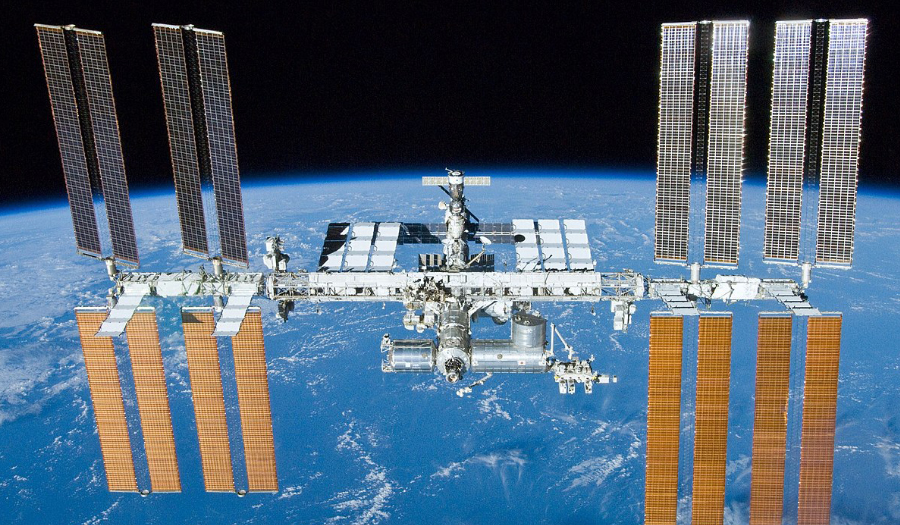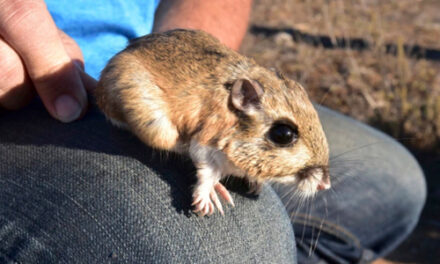By BRUCE MILLS
Sumter, SC (AP) – It’s back to space again for Alice Drive Middle School.
On Jan.30, another all-girl team at the Miller Road school discovered its experiment had been selected by a national review board of researchers and distinguished educators to participate in a student spaceflight experiments program.
The experiment will be on board a space shuttle flight to the International Space Station in July. Only 33 schools across the U.S., Canada and Brazil are taking part in the Mission 14 Student Spaceflight Experiments Program put on by the National Center for Earth and Space Science Education in Washington, D.C.
The spaceflight-winning team consists of sixth-graders Anna Alan, Katelyn Makowske, Addie Griffin and Mary Carter Smith.
Their research project will determine the effects of microgravity – that’s no gravity in space – on the growth rate of Artemia franciscana – also known as brine shrimp.
The experiment will work like this: a three-sectioned test tube including brine shrimp eggs, saltwater and a kill solution (Formalin) will be sent on the mission to the International Space Station.
There, astronauts will perform the research experiment by dispensing the eggs – which are “smaller than a grain of sand now,“ the girls said – into the saltwater, which is a natural habitat the shrimp live and grow in. After two weeks to grow in microgravity, the astronauts will then move the shrimp to the kill solution so that they no longer grow in the shuttle return flight to earth.
Simultaneously, the Sumter students will perform the exact same experiment with the brine shrimp on earth at school.
The research question is if there will be a difference in growth rates between the two experiments due to microgravity’s effects.
The foursome has already done the land experiment one time, the shrimp grow to be about a centimeter in length, they said.
How about in space?
“We kind of think the growth rate will be slower due to them having to adapt to being in microgravity,“ Alan said, “because microgravity is a totally different habitat for them. So, with that, they will have to adapt a little bit more and get used to it.“
Mission 14 of the student spaceflight experiments program this school year commemorates the 50th anniversary of the landing of Apollo 11 on the moon in 1969, according to Marina Mosneaguta, the school’s STEM lead teacher. Two years ago, the school also had an all-girl team of sixth-graders who participated in Mission 12 of the program.
STEM is an educational curriculum focused on the integration of science, technology, engineering and math with the other core subjects in school. STEM careers are growing and will be in high demand in the global economy going forward. Alice Drive has been a nationally certified STEM school since 2015.
Mosneaguta serves as the co-director of Alice Drive’s student spaceflight experiments program with the school’s curriculum coordinator, Stephanie Barrineau.
Both worked closely with students in this year’s program, which was school-wide. About 100 spaceflight experiment proposals were submitted.
The school’s STEM advisory board, which also includes community members such as professors from USC Sumter, Central Carolina Technical College and local industry representatives, narrowed the proposals down to three finalists.
This summer, the winning team will go to Washington, D.C., and present its experiment at the Smithsonian National Air and Space Museum. School administration is trying to arrange for the other two finalist teams to also be able to attend and present their experiment proposals, as well.
International Space Station










